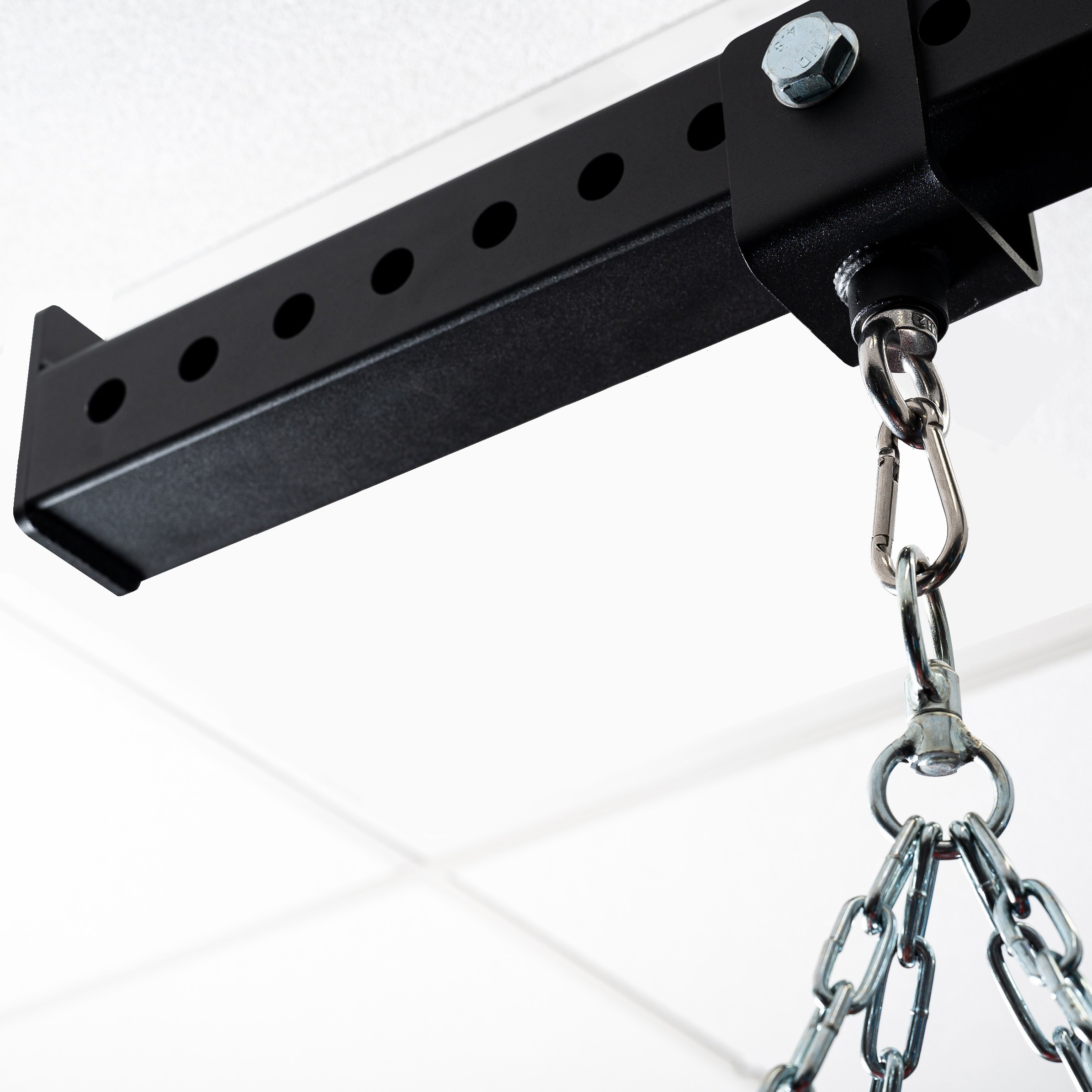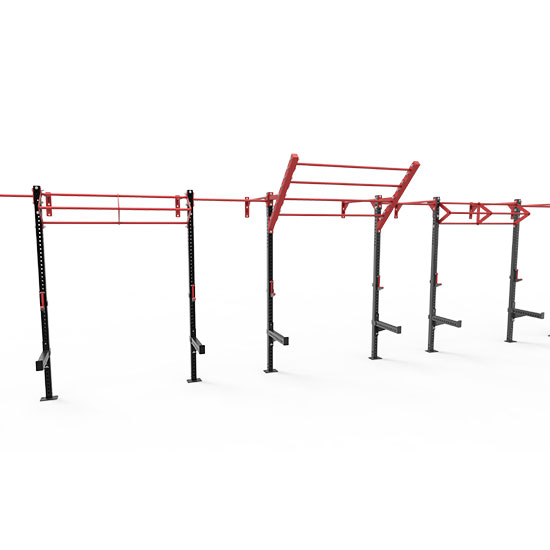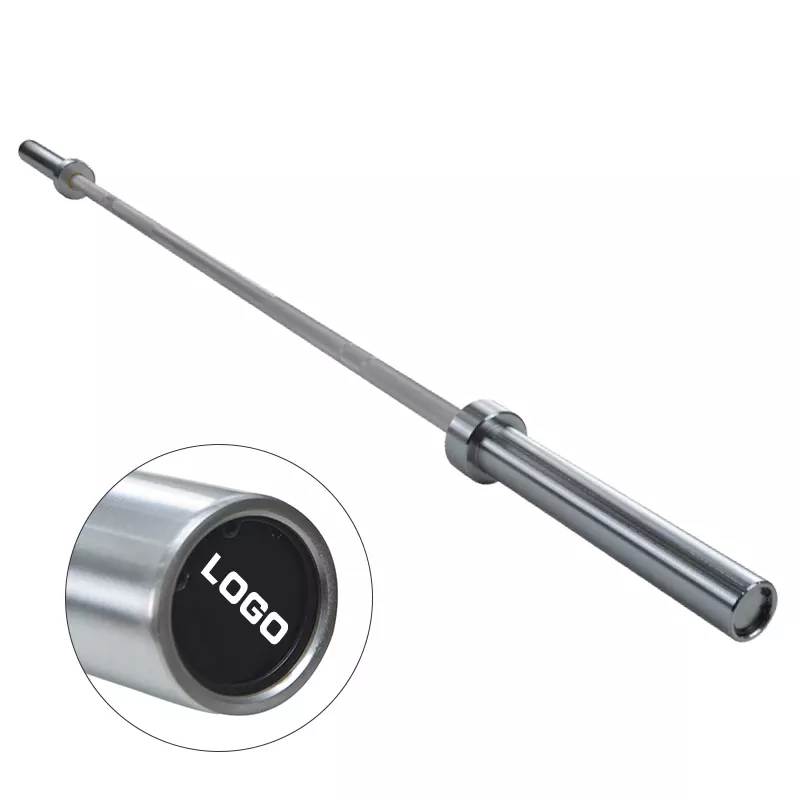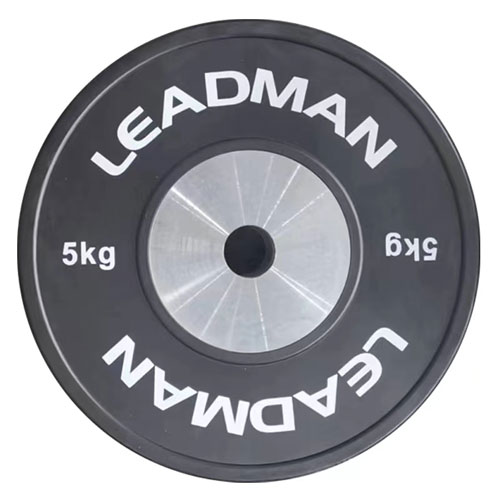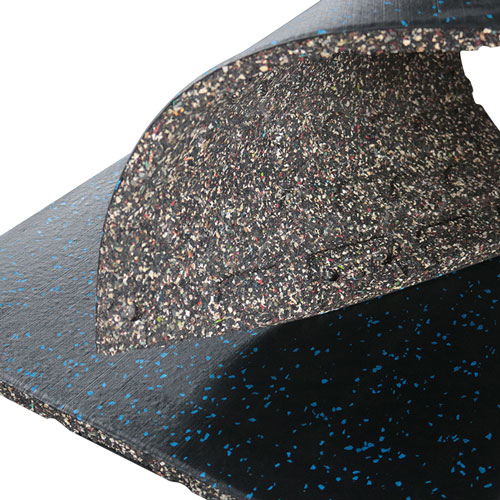저렴한 요가 매트와 고가의 요가 매트의 차이점은 무엇인가요?
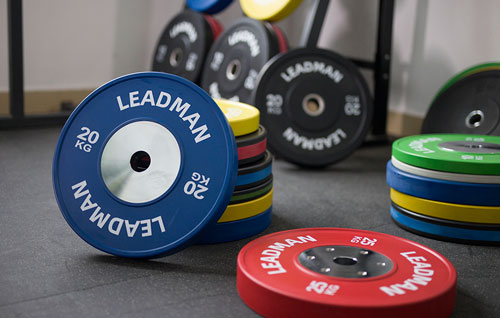
Remember that first yoga class? The excitement, the anticipation… then the unsettling feeling of your feet slipping on the mat during downward-facing dog, followed by a nagging knee ache from the paper-thin cushioning? That, my friends, was the yoga mat dilemma in action. The seemingly simple piece of equipment can significantly impact your practice, and choosing the wrong one can lead to discomfort, injury, and ultimately, a less enjoyable experience. While the price difference between yoga mats can be significant, the value proposition extends far beyond the initial cost. This post will explore the key distinctions between cheap and expensive mats to help you choose the right one for your needs and budget.
재료의 중요성: 실무의 기초
The material of your yoga mat is the cornerstone of its performance. Different materials offer varying levels of grip, cushioning, durability, and environmental impact. Let's delve into some of the most common options:
PVC(폴리염화비닐): PVC is ubiquitous in budget-friendly yoga mats. Its pros are undeniable: it's incredibly affordable and generally durable. However, PVC's cons outweigh its advantages for many practitioners. It's a non-biodegradable plastic, contributing to environmental pollution. More importantly, its slick surface often loses grip when wet, making it dangerous for sweaty practices like Bikram or hot yoga. The lack of cushioning also adds to discomfort during longer sessions.
TPE(열가소성 엘라스토머): TPE is a more eco-friendly alternative to PVC. It's often touted as a sustainable option because it's recyclable and made from a blend of plastics rather than a single petroleum-based component. TPE mats usually provide decent cushioning and are generally more comfortable than PVC. However, they may not be as durable as natural rubber and can sometimes lose grip over time, especially with heavy use.
천연 고무: Natural rubber mats offer superior grip, especially when sweaty, making them ideal for hot yoga and vigorous practices. They're naturally absorbent and often quite durable. From a sustainability standpoint, responsibly sourced natural rubber is a winner. However, natural rubber can be pricier than PVC or TPE. It might also have a strong initial odor that dissipates over time, and it's susceptible to mildew if not properly cleaned and stored.
기타 자료: A growing number of innovative materials are entering the yoga mat market. Cork mats offer excellent grip and are naturally antimicrobial, reducing the risk of mildew. However, they tend to be less durable and can be sensitive to moisture. Jute mats are another eco-friendly option, but their lack of cushioning and grip limits their suitability for certain practices. Microfiber mats are lightweight and easy to clean, but might not provide sufficient cushioning or grip for all styles.
그립감과 안정성: 흐름 중에도 안정감 유지
Grip is paramount for safety and the overall quality of your practice. A mat that slips during challenging poses can lead to injury and frustration. Cheap mats, often made of PVC, often lack sufficient grip, particularly when your skin is wet with sweat. The surface might be smooth and offer little friction, leading to instability. In contrast, higher-quality mats made of natural rubber or textured TPE offer significantly enhanced grip, keeping you securely grounded even during intense flows. The texture plays a crucial role here: deeply textured surfaces provide more points of contact, enhancing grip and stability.
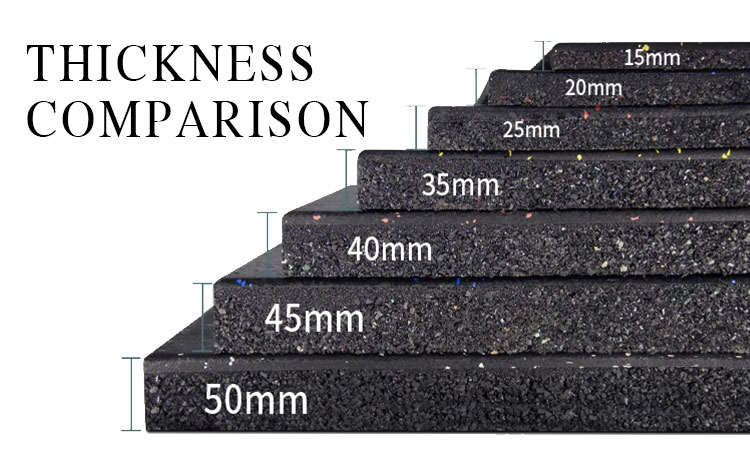
두께 비교
쿠션감과 편안함: 관절 보호
The thickness of your yoga mat is directly correlated to its cushioning. Thinner, cheaper mats offer minimal joint protection, potentially leading to discomfort or even injury during poses that place pressure on knees, hips, elbows, and wrists. Thicker, more expensive mats provide superior cushioning, absorbing impact and reducing strain on your joints. This difference is particularly noticeable during longer practices, where joint discomfort can significantly impair your performance and enjoyment. High-density foam provides superior cushioning compared to thinner, less dense alternatives.
내구성과 수명: 장기적 관점에서의 투자
While a cheap mat might seem like a budget-friendly option upfront, its lack of durability translates to higher long-term costs. Cheap mats are prone to tearing, ripping, and general wear and tear, requiring frequent replacements. Higher-quality mats, on the other hand, are designed to withstand intense use and maintain their integrity over time. Consider the "cost per use": a more expensive mat that lasts for years might actually be cheaper in the long run than repeatedly replacing cheaper mats. Look for mats with reinforced edges to prevent fraying and tearing.
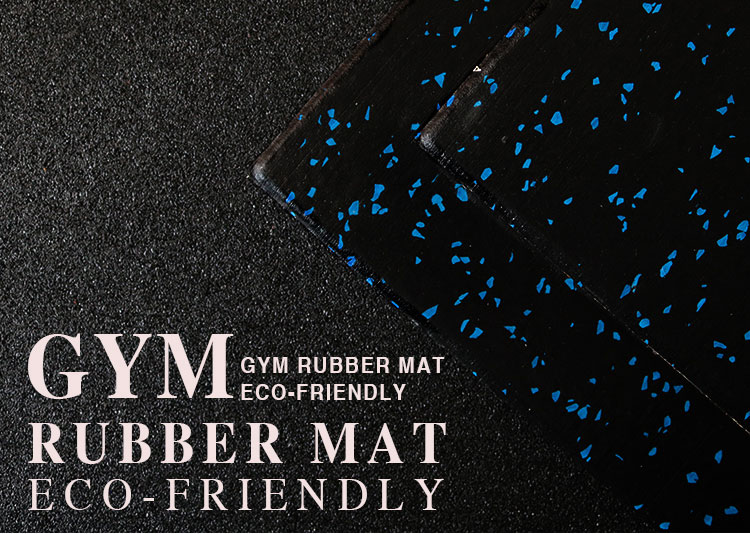
체육관 고무 매트
친환경 옵션: 지속 가능한 선택
The environmental impact of your yoga mat should be a key consideration. PVC production and disposal contribute significantly to pollution. Opting for eco-friendly materials like TPE, natural rubber (sourced responsibly), or cork reduces your environmental footprint. Look for certifications such as OEKO-TEX Standard 100, which guarantees the absence of harmful substances in textiles and ensures that manufacturing processes adhere to stringent environmental standards.
크기와 무게: 올바른 핏 찾기
Standard yoga mat sizes generally range from 72 inches long and 24 inches wide, though variations exist. Taller individuals might prefer extra-long mats. Consider your height and practice style when choosing a size. Weight is another factor to consider, especially if you plan to transport your mat regularly. Lighter mats are easier to carry, while heavier ones might offer increased stability. Travel mats are designed for portability and compactness.
청소 및 유지 관리: 매트의 신선도 유지
Proper cleaning and maintenance are vital for prolonging the life of your yoga mat and preventing the growth of mildew. Always check the manufacturer's instructions for specific cleaning recommendations. Generally, you should avoid harsh chemicals and opt for mild soap and water. Regular cleaning not only removes sweat and dirt but also helps maintain grip. Proper storage in a dry, well-ventilated area is also crucial to prevent mildew and damage.
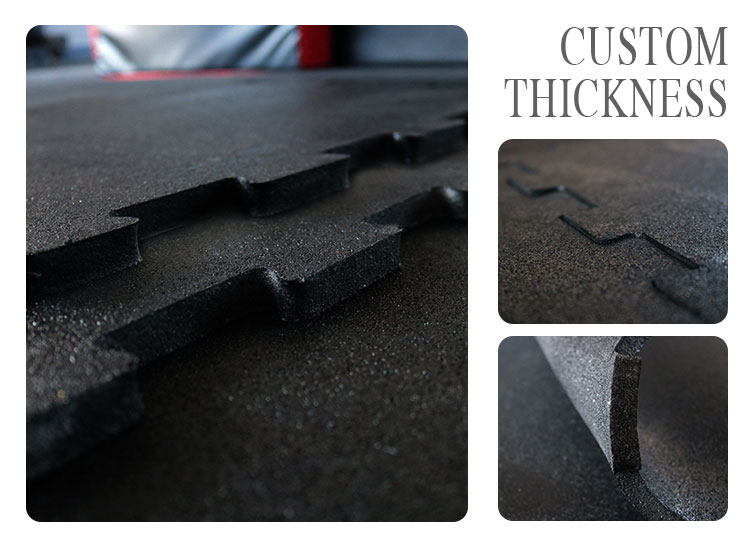
사용자 지정 두께
가격대 고려 사항: 가치와 예산의 균형
Yoga mats range in price from under $20 for basic PVC mats to over $100 for high-end natural rubber or specialized mats. Understanding this price range is essential for informed decision-making. While budgeting is important, remember that investing in a high-quality mat can save money in the long run by reducing the need for frequent replacements. For budget-conscious consumers, TPE mats offer a good balance between price and performance. Those prioritizing grip and sustainability might choose a natural rubber mat, despite the higher cost.
결론 나에게 맞는 요가 매트 선택하기
The choice between a cheap and an expensive yoga mat boils down to a careful consideration of your individual needs and priorities. Cheap mats offer affordability but often compromise on grip, cushioning, durability, and environmental impact. Expensive mats offer superior performance in these areas, justifying the higher cost through longevity and enhanced practice quality. Ultimately, investing in a yoga mat that supports your practice, comfort, and well-being is a worthwhile investment. Choose wisely, and enjoy your flow!
요가 매트 선택 및 관리에 관한 자주 묻는 질문
1. 저렴한 요가 매트와 비싼 요가 매트의 차이점은 무엇인가요?
저렴한 요가 매트는 PVC로 만든 경우가 많으며 그립감, 쿠션감, 내구성이 제한적일 수 있습니다. 천연 고무나 TPE로 만든 고가의 매트는 그립감, 편안함, 장기적인 내구성이 뛰어나 수련 효과를 높이고 장기적으로 비용을 절약할 수 있습니다.
2. 내 수련에 적합한 요가 매트는 어떻게 선택하나요?
소재(PVC, TPE 또는 천연 고무), 쿠션감을 위한 두께, 연습 유형에 맞는 그립감 등의 요소를 고려하세요. 핫요가나 땀을 많이 흘리는 운동이라면 천연고무와 같이 그립감이 뛰어난 매트를 선택하세요. 지속 가능성을 중요하게 생각한다면 코르크나 TPE와 같은 친환경 소재를 선택하는 것이 좋습니다.
3. 요가 매트를 좋은 상태로 유지하려면 어떻게 관리하나요?
정기적인 청소가 중요합니다. 순한 비누와 물로 매트를 닦고 독한 화학 물질은 피하세요. 곰팡이가 생기지 않도록 건조하고 통풍이 잘 되는 곳에 매트를 보관하세요. 항상 제조업체의 관리 지침에서 모범 사례를 확인하세요.
4. 모든 종류의 요가에 요가 매트를 사용할 수 있나요?
많은 매트가 다목적이지만, 핫 요가나 비크람과 같은 특정 유형의 요가에는 접지력과 내습성이 뛰어난 매트가 필요합니다. 이러한 요가에는 천연 고무나 질감이 있는 TPE로 만든 매트가 이상적입니다. 회복 요가와 같은 부드러운 요가에는 쿠션감이 있는 두꺼운 매트가 더 적합할 수 있습니다.

